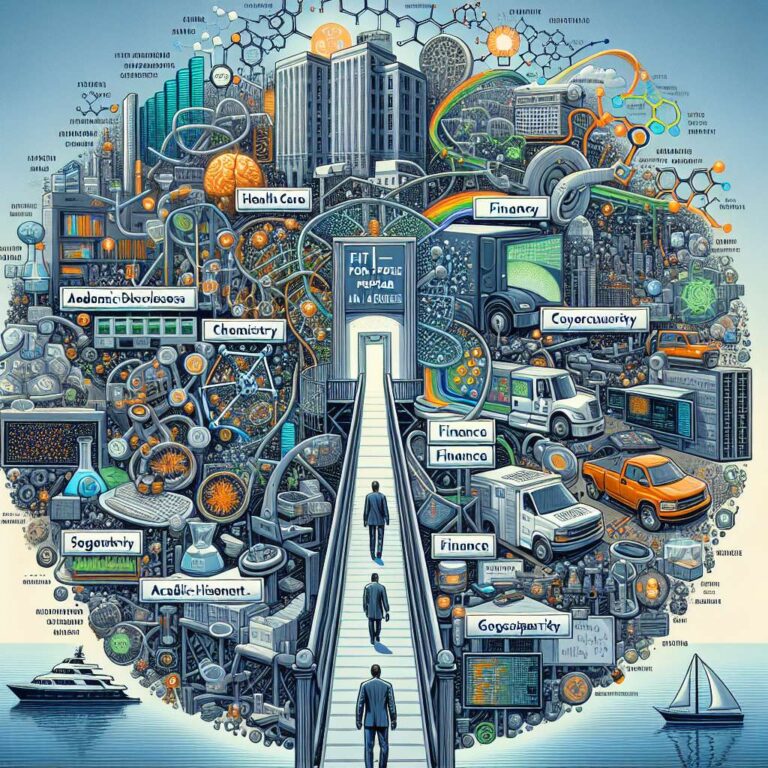MIT and IBM helped lay the groundwork for machine intelligence, and their joint MIT-IBM Watson Artificial Intelligence Lab, launched eight years ago, is now focused on translating that legacy into impact. The lab highlights a near-term landscape of significant forecast economic upside, with studies projecting 80 percent productivity gains for knowledge and creative work, and rapid incorporation of generative systems into business processes and software applications. Academia remains a primary driver of innovation, and the lab points to a record that includes 54 patent disclosures, more than 128,000 citations with an h-index of 162, over 50 industry-driven use cases, and advances ranging from better stent placement via imaging to reduced computational overhead, compact models, and interatomic potential modeling for silicate chemistry.
Many organizations still struggle to turn pilots into value, a gap underscored by a 2024 Gartner finding that at least 30 percent of generative projects will be abandoned after proof of concept by the end of 2025. The lab positions itself at the research-to-deployment bridge, concentrating its current portfolio on features and products for IBM, member companies, and real-world applications in areas such as large language models, artificial intelligence hardware, and multi-modal, biomedical, and geospatial foundation models. Student researchers are integral, bringing fresh perspectives and building domain expertise. The AAAI 2025 Presidential panel stresses the need for academia’s long-view, independent role alongside industry’s shorter-term push, and the lab leans into open sourcing and open science to improve transparency, reproducibility, and trust. It was founded to combine MIT’s deep research with IBM’s industrial R&D across sectors including health care, chemistry, finance, cybersecurity, and decision-making.
The lab argues that bigger is not always better, documenting a shift toward smaller, task-specific models with superior performance. Work by MIT’s Song Han and IBM Research’s Chuang Gan on once-for-all networks and activation-aware quantization (AWQ) enables efficient architectures that run on edge devices with lower latency. Building on this, teams led by Aude Oliva, Yoon Kim, and IBM collaborators have developed techniques to imbue models with external knowledge and to use linear attention transformers for higher throughput. Vision and multimodal understanding also improved through Task2Sim pretraining on synthetic data and AdaFuse video action recognition. Leaner training and inference are furthered by EvoScale and Chain-of-Action-Thought reasoning, which iteratively refine outputs and leverage reinforcement learning to boost accuracy with limited data and compute. These advances feed IBM offerings such as Granite Vision for compact, document-focused computer vision, aligned with enterprise needs for reliable extraction and summarization.
Beyond core modeling, cross-disciplinary work from Caroline Uhler, Devavrat Shah, and IBM Research’s Kristjan Greenewald develops causal discovery methods to identify interventions that yield desired outcomes across sub-populations, with potential influence spanning marketing, medicine, education, and risk management. Leaders at MIT emphasize the cross-cutting nature of computing advances and the importance of tackling problems from multiple vantage points. The lab’s talent pipeline, via programs like UROP, EECS 6A, and a dedicated internship track, has already engaged more than 70 young researchers, pairing mentorship with hands-on projects. The lab’s outlook is clear: to unlock economic and societal benefits, the field must prioritize useful, efficient intelligence, fit-for-purpose models, and sustained collaboration between academia and industry.

